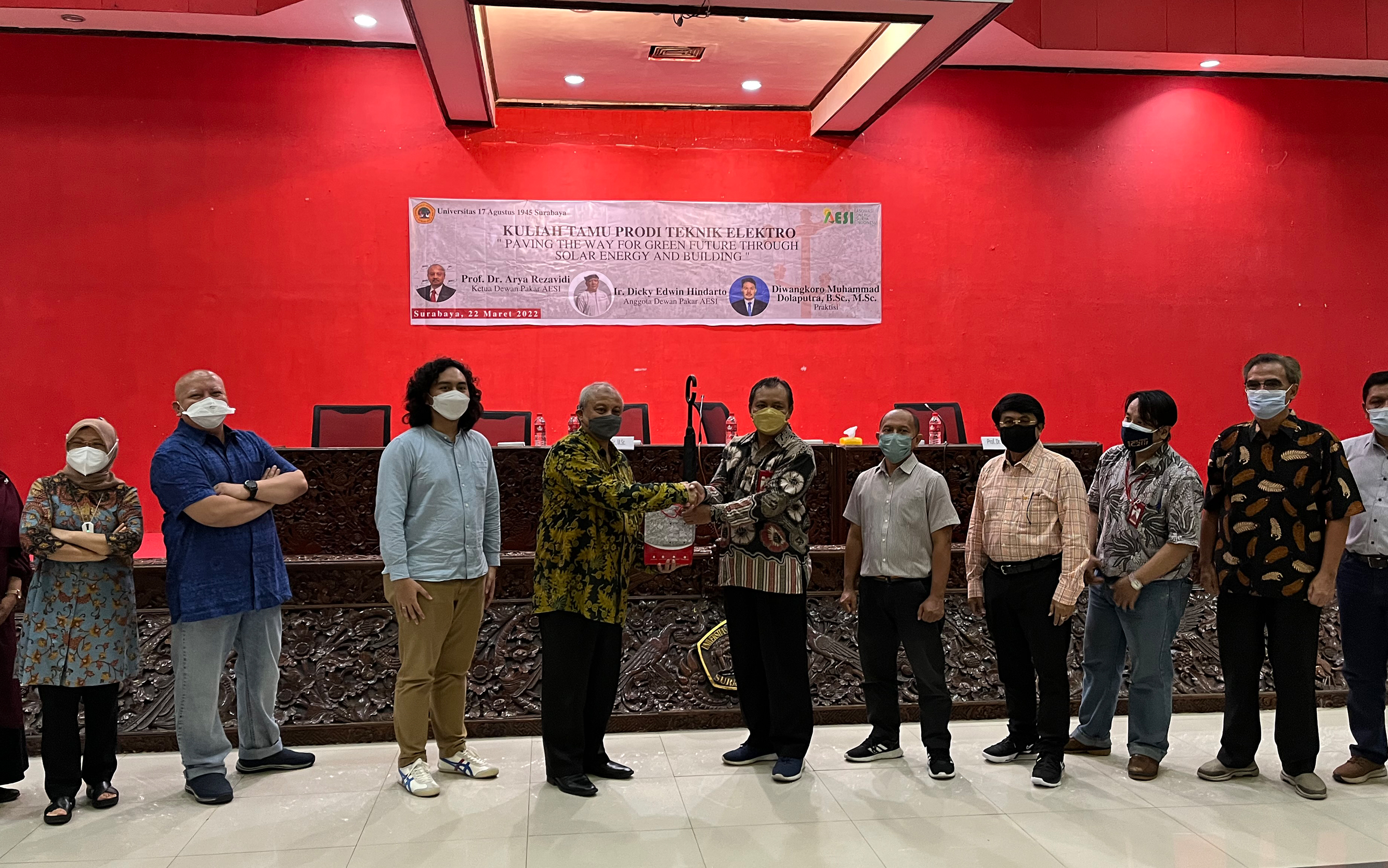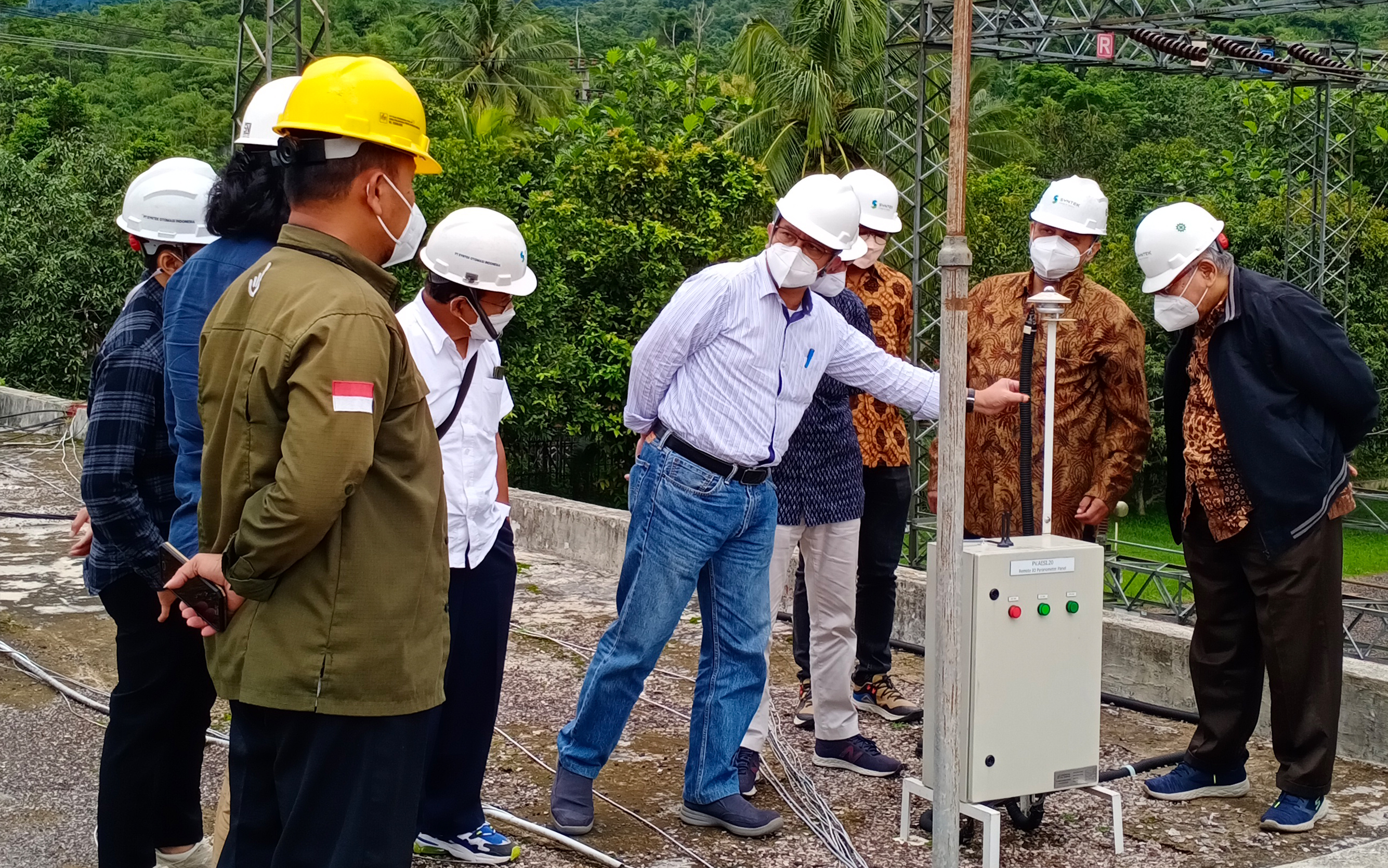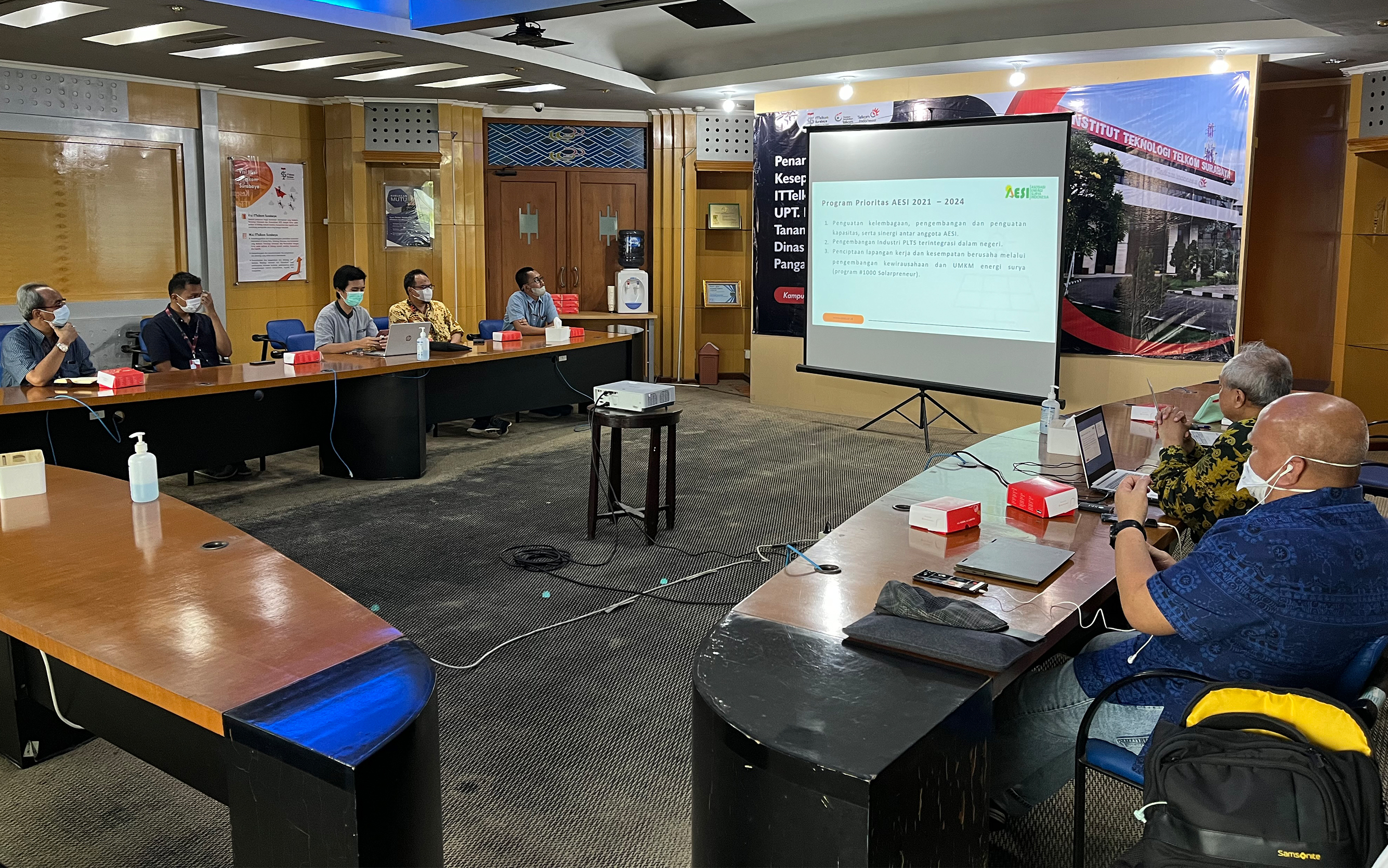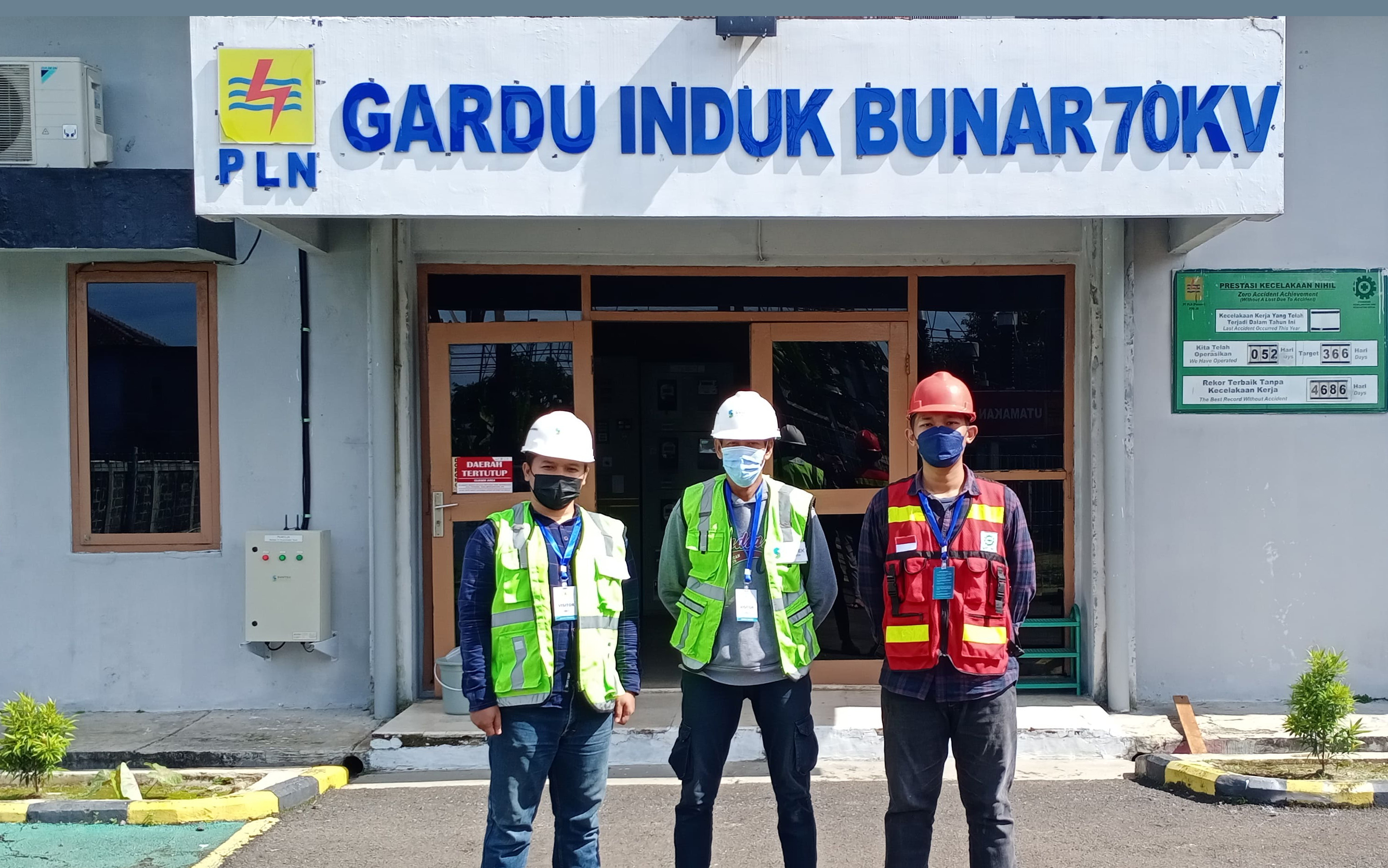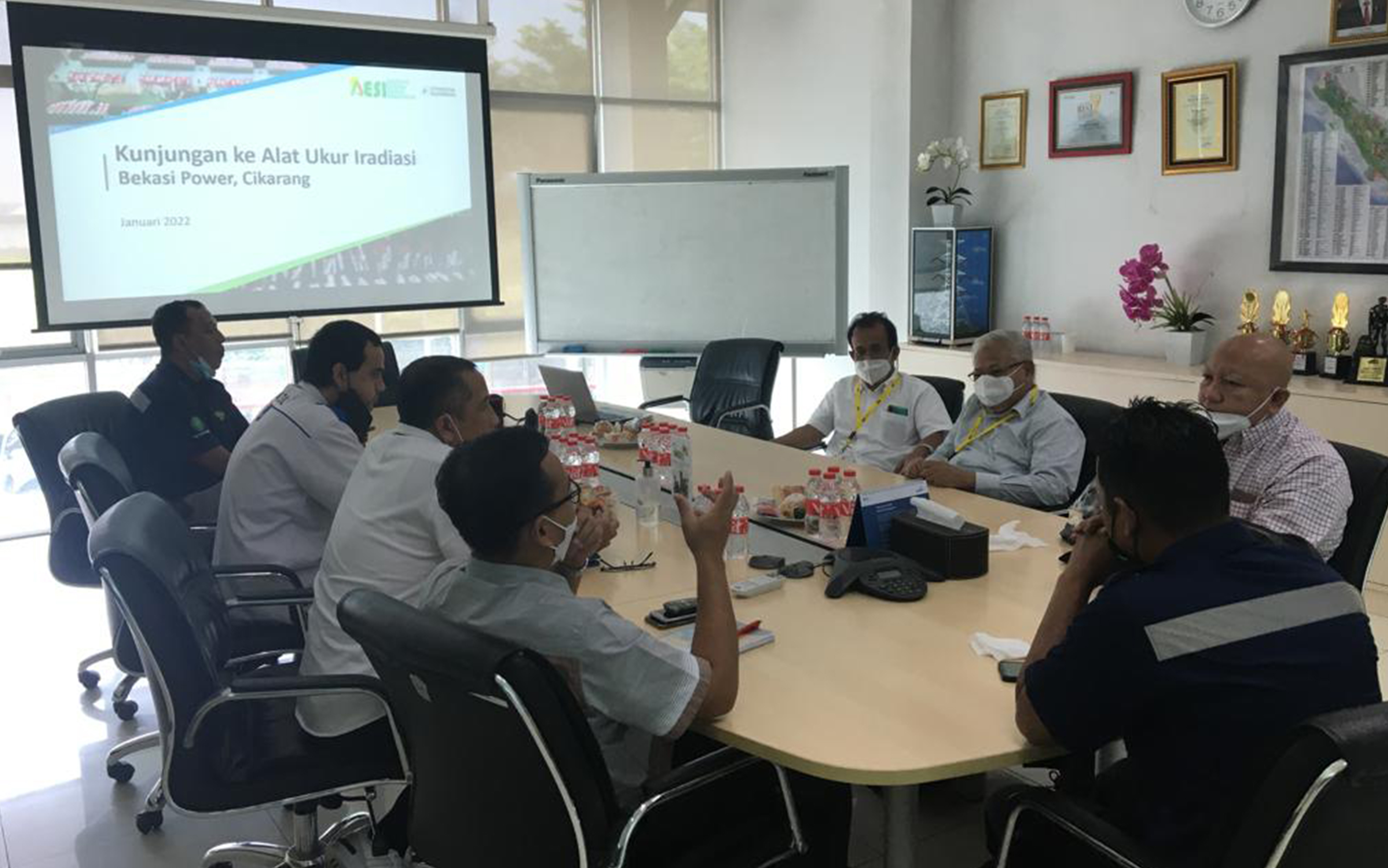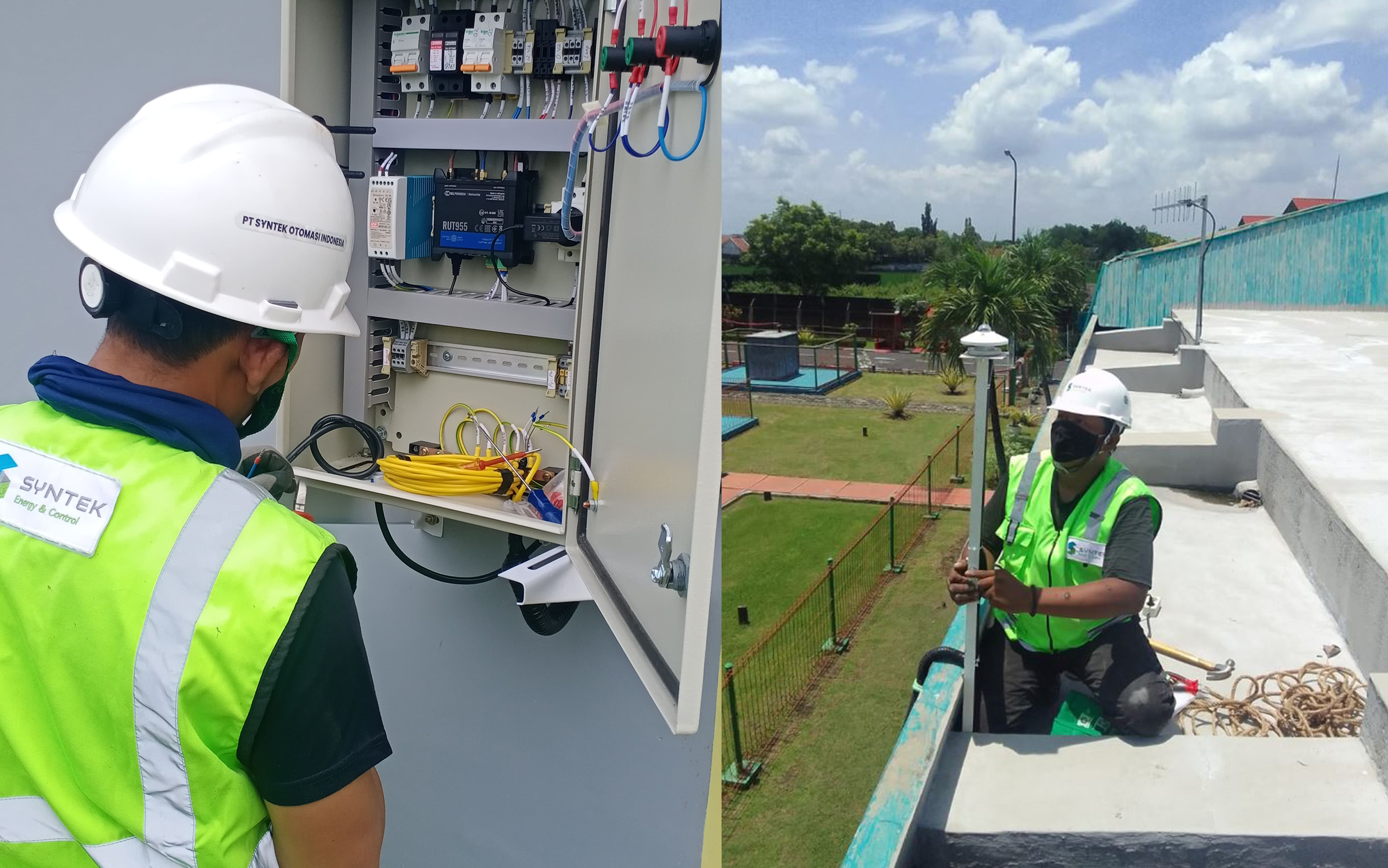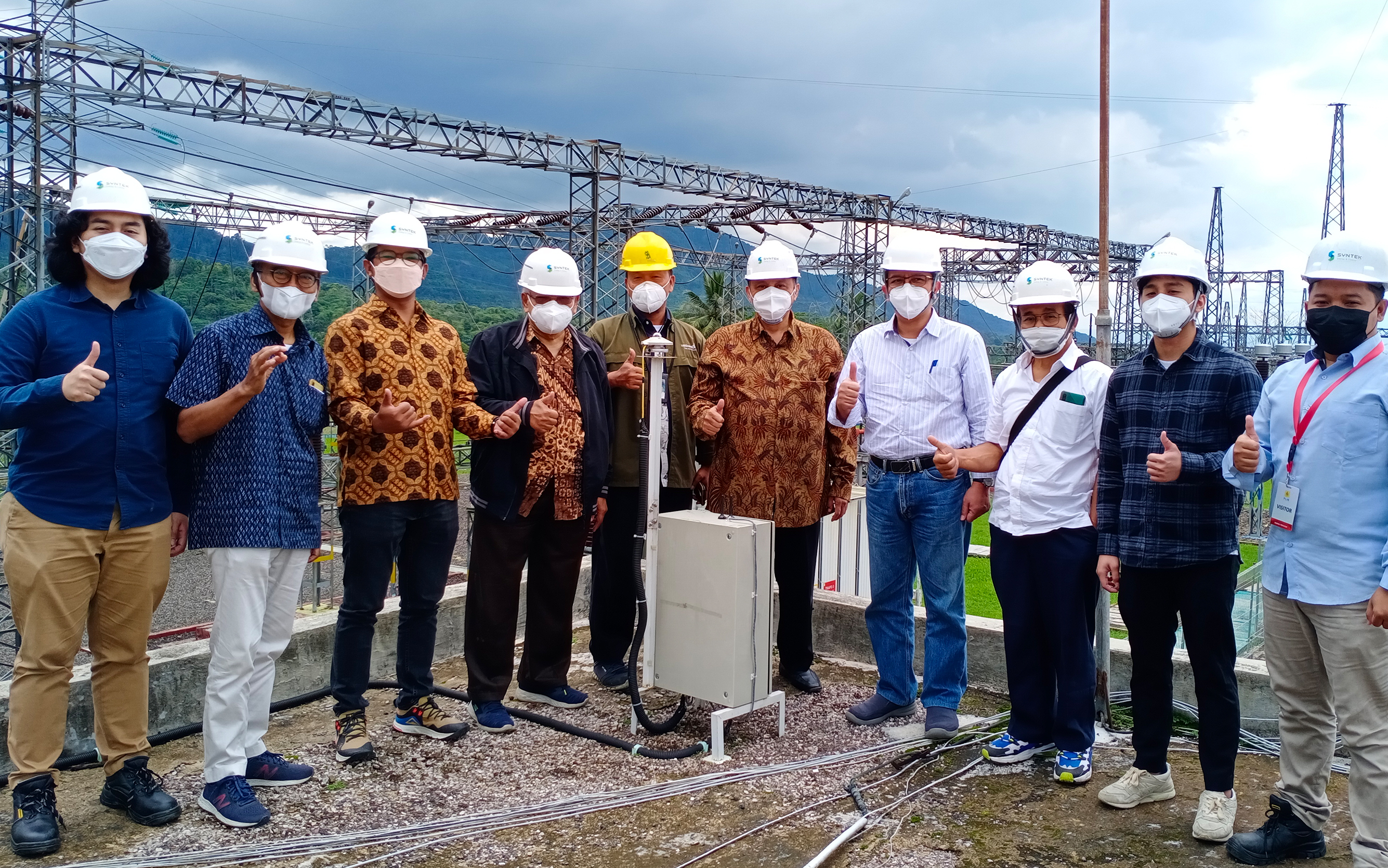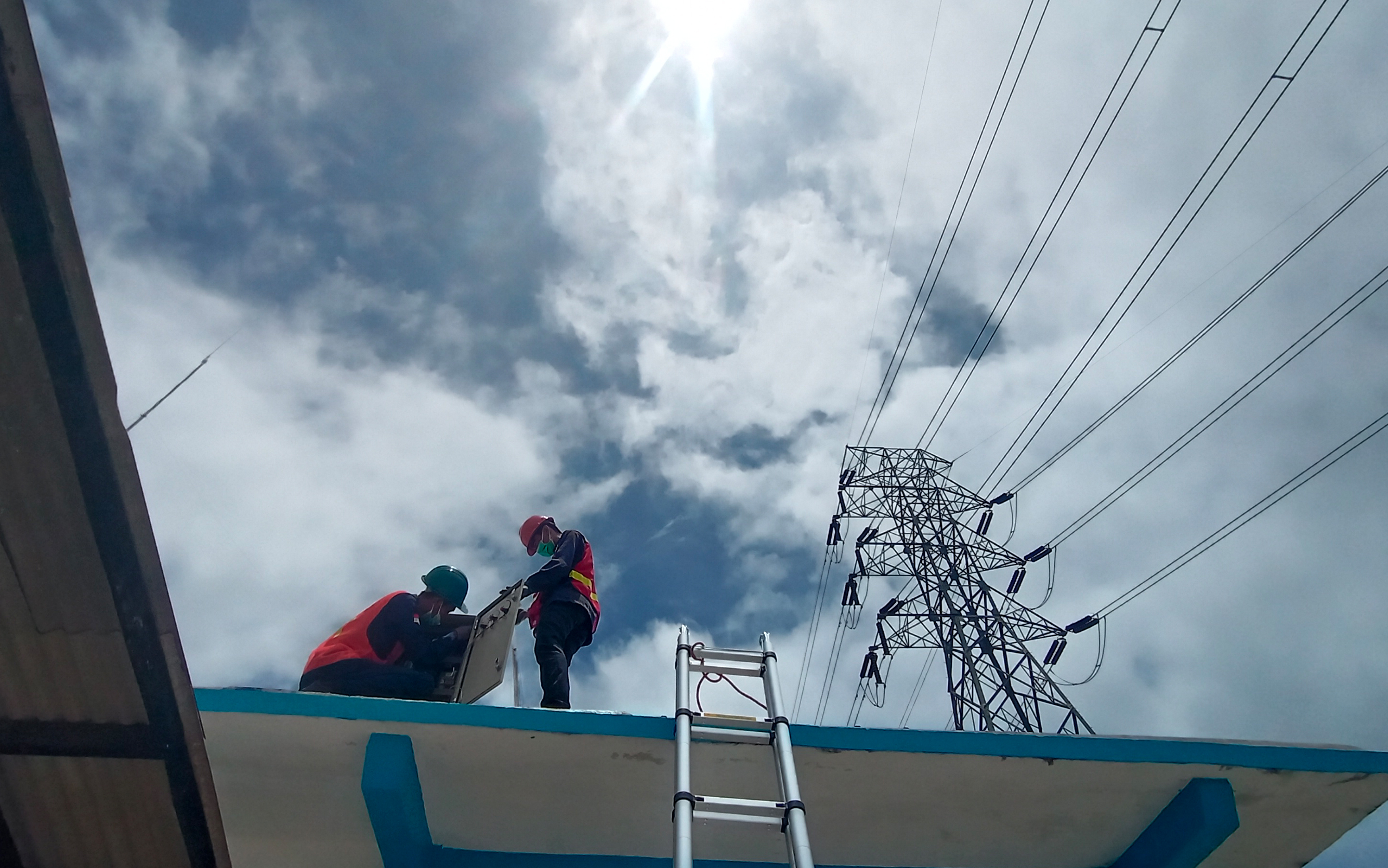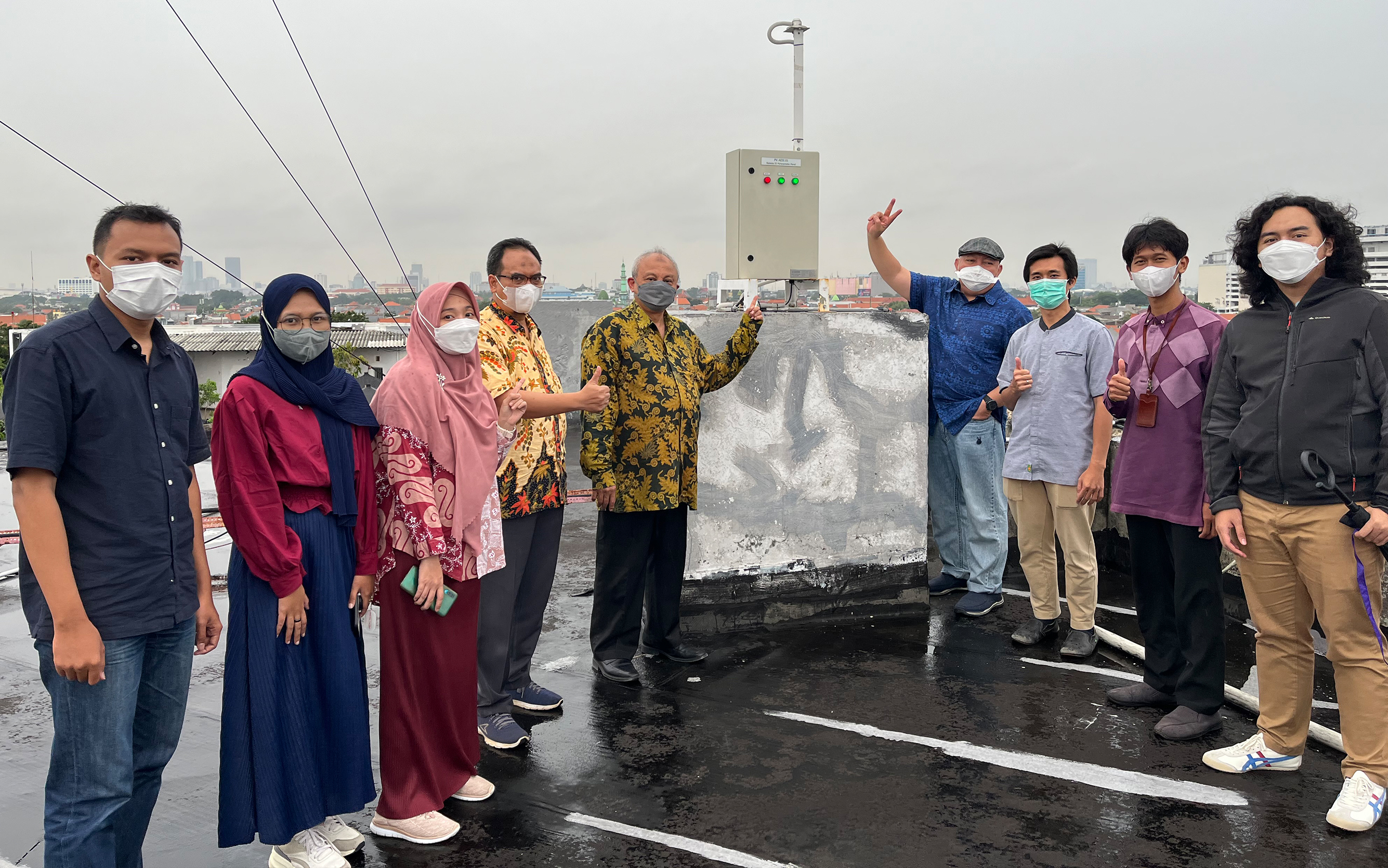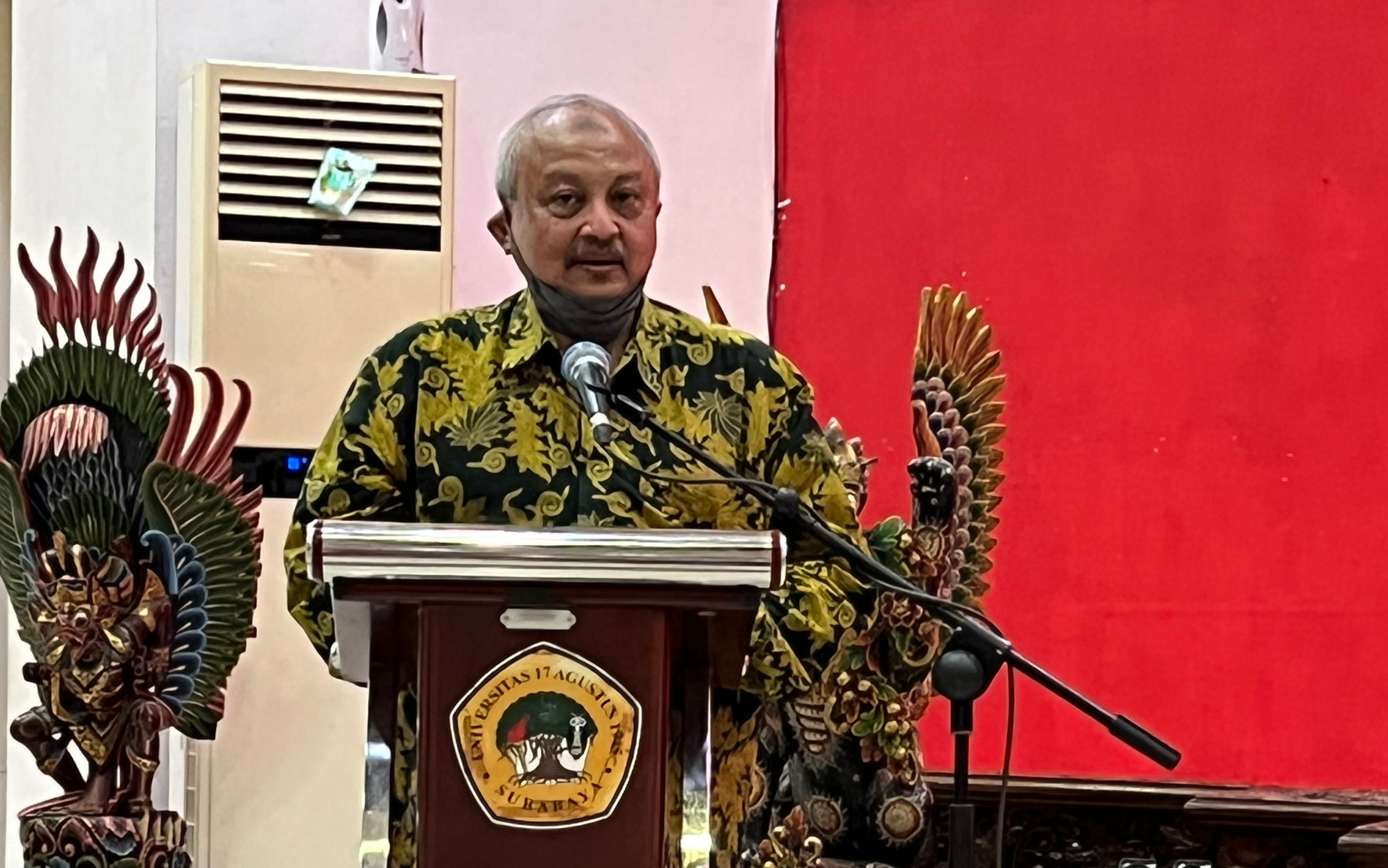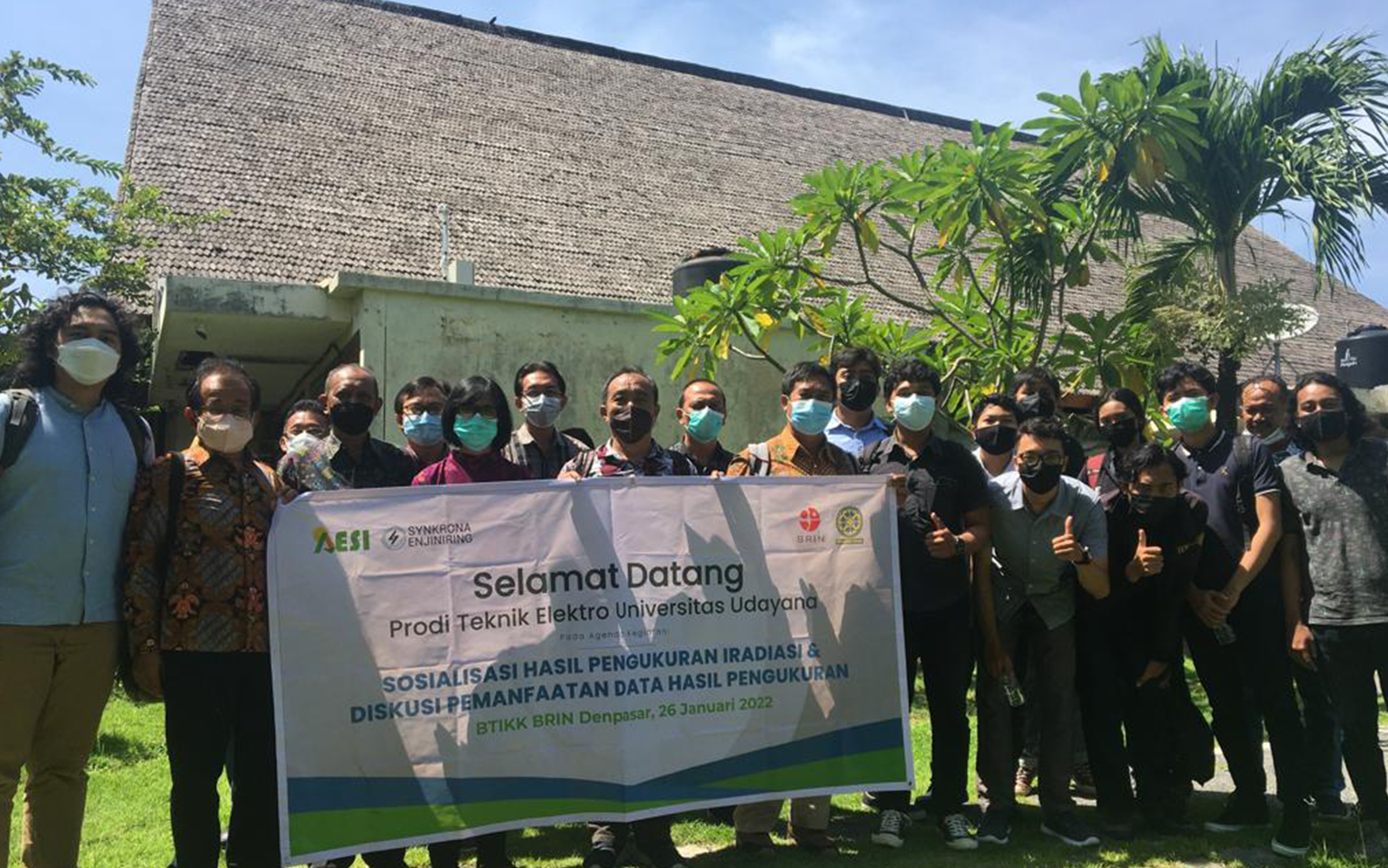What is irradiation and what is it for?
Solar irradiation is simply defined as the power per unit area that comes from sunlight in the form of electromagnetic radiation measured as watts per square meter (W/m2). Measurement of solar irradiation consists of measuring radiation using pyranometer irradiation measuring instrument. Solar irradiation serves to determine how much solar energy is available at a certain location at a certain time and is useful as an approximate measure of how much energy potential solar panels can produce at one specific location.
-
Calculating solar energy potential for PV mini-grid installation in an area (industrial/residential)
-
Calculating PV mini-grid penetration capacity that can be supplied to interconnected systems such as Java-Madura-Bali
-
Determining the generator operating pattern by looking at the intermittency trend
-
Other non-solar panel related purpose like the study or measurement to calculate climate modeling or weather forecasting and for heating/cooling loads of buildings
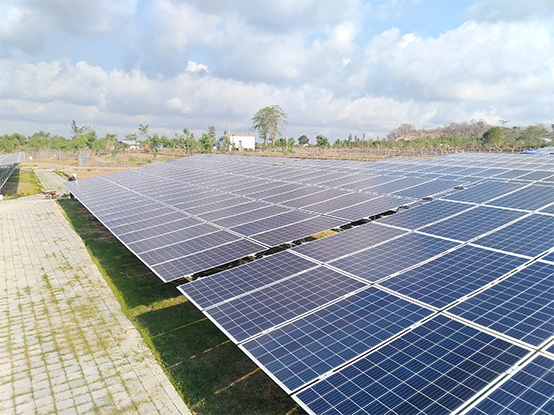
Solar Is The New Way
Solar irradiation is simply defined as the power per unit area that comes from sunlight in the form of electromagnetic radiation measured as watts per square meter (W/m2). Measurement of solar irradiation consists of measuring radiation using pyranometer irradiation measuring instrument. Solar irradiation serves to determine how much solar energy is available at a certain location at a certain time and is useful as an approximate measure of how much energy potential solar panels can produce at one specific location.

Coal-fired steam power plants (PLTU), which now account for 75% of the total power plants throughout Indonesia, pose a threat to emission gas sources. The electricity network and power plant in Indonesia with the highest capacity and power plant is the Java-Madura-Bali (Jamali) electricity network system. Can PV Power Plant (PLTS) reduce the number of Jamali Coal PLTU? Yes, it can. The trend of renewable energy development and innovation, especially solar energy, is increasing rapidly through the years where solar panels are becoming cheaper and more efficient.

AESI and Synkrona are making a groundbreaking study to calculate the PLTS interconnection capacity capability in the Jamali grid (hosting capacity), by considering the PLTS intermittency and robustness through measuring the actual irradiation at dozens of points through the Jamali area and presenting them on this web platform. Up until today, there are 54 irradiation measurement devices taken places across the island.

The conclusion of the study shows that a location can have up to 100% intermittency level in a short time but if there are 100 spread PV in different locations, the aggregate of the intermittent interruptions every minute will not exceed 15% where most of the interrupts are below 5%. The study also shows that up to 9,600 MW of Rooftop PLTS can be interconnected without violating the electricity grid.
Who is AESI?
The Asosiasi Energi Surya Indonesia (AESI) is an Indonesian non-profit organization founded in 2016 which engaged in the field of solar energy in Indonesia. AESI will work to accelerate the use of solar energy in Indonesia and bring Indonesia to the #GigawattClub solar energy. One of AESI's strategic programs is to strengthen the #PLTSAtap (rooftop solar PV) ecosystem by encouraging the growth of 1000 #solarpreneurs. The sun is a reflection of #EnergyDemocracy, so all parties can be involved in its efforts. The AESI organizational structure consists of Dr. Andhika Prastawa as Chairman of the Board of Trustees and Supervisors, Dr. Arya Rezavidi as Chair of the Expert Council, and Fabby Tumiwa as General Chairman. For this platform development, AESI cooperates with PT Synkorna Enjinring Nusantara (Synkrona).
Who is Synkrona ?
Synkrona is a consulting company that for more than 5 years, has helped develop various projects, including utility-scale renewable energy projects for the State Grid, commercial and industrial-scale private renewable developments, and community-based renewable energy for NGOs and local government needs. We provide personalized, tailor-made solutions in both engineering, legal, and commercial aspects. We truly understand there are always unforeseen challenges in green business. We strive to continuously overcome these challenges and deliver personalized, accurate solutions, such that our local and global partners continue to trust their needs of solutions to us.
Learn more about AESI:
